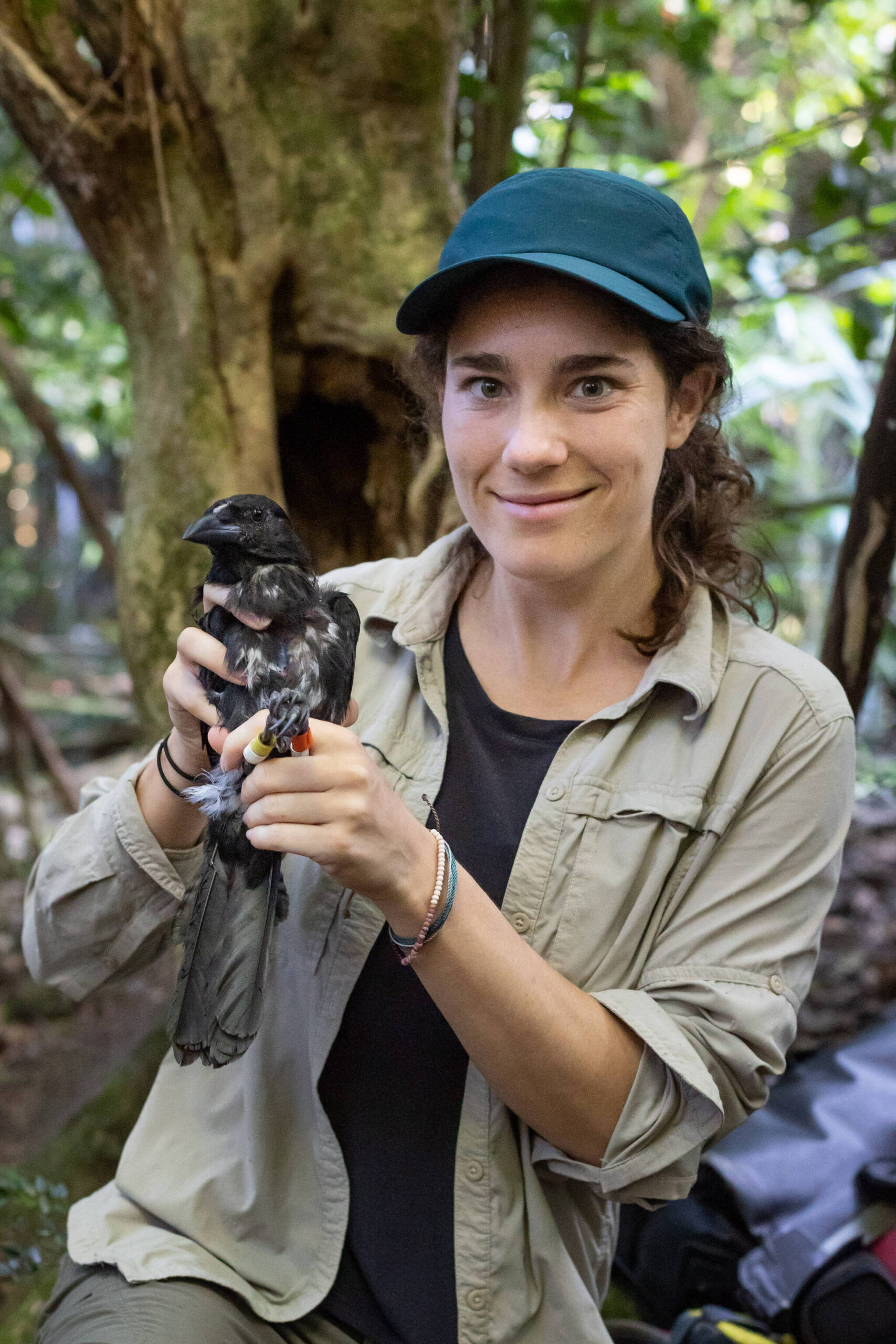Corvids are everywhere. They are found on nearly every continent, and many species thrive in human-dominated environments. They have influenced art and literature throughout history, and whether they inspire love or hate, they have certainly impacted the hearts and minds of the humans who share their space.
But being common isn’t enough to earn this level of connection. So what is it about corvids that positions them to take such a prominent role in culture and story-telling traditions? And how does that relationship impact the birds themselves?
At 7:30 p.m., on Thursday, Nov. 14, Whidbey Audubon Society presents a prerecorded program by Kaeli Swift, PhD. The program is free and the public is welcome to attend online and at the Unitarian Universalist Congregation, 20103 Highway 525, two miles north of Freeland. To attend online, register at whidbeyaudubonsociety.org. The meeting begins at 7 p.m. and the program starts at 7:30 p.m.
Swift will explore the unique features of corvids that make them so appealing to watch and study, how they have influenced our cultures across time and space and how human attention towards these birds has shaped their own ecology and culture.
Swift earned her PhD in avian behavioral ecology from the University of Washington. While there, she studied American crows, with a special emphasis on behaviors around death. She is currently a postdoctoral researcher at the University of Washington, where her work has taken her to the remote Pacific island of Tinian. For the past three years, she has lived and worked on Tinian studying a small songbird endemic to this island, the Tinian monarch.


